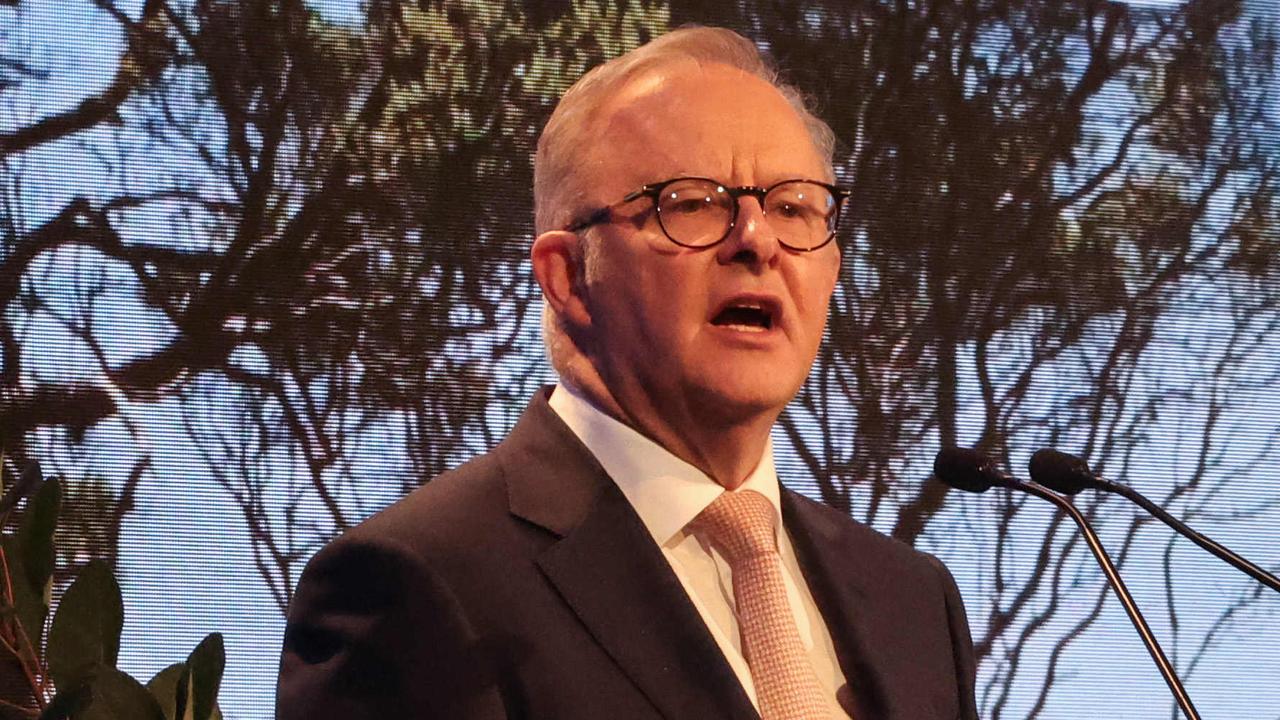Melbourne’s growth areas could run out within two decades
Victorians eager to snap up homes could be locked out of the market, with experts warning growth areas could start running out within years.
Land reserved for new homes in Melbourne’s urban growth areas could start running out in as little as 13 years, as the sprawling suburbs expand at an “enormous rate”.
Melbourne has grown at one of the fastest rates of similar sized cities in the developed world over the past decade and is on course to become the size of London in 35 years.
Academics and researchers believe planners face tough calls ahead, with pressure mounting on the city’s growth corridors and a housing squeeze looming.
Melbourne’s population was, prior to the pandemic, increasing by 2.7 per cent, ahead of the likes of Vancouver, Seattle, Atlanta and Vienna.
RMIT Emeritus Professor Michael Buxton described Melbourne’s growth as “enormous in international terms’’ and estimated the city’s footprint would grow by a third by 2050.
He said outside of “mega Asian cities and some South American cities”, there were few spreading as fast as Melbourne, tipped to be home to nine million people by 2056.
Prof Buxton estimated there was 30 years of land supply in the city’s established growth areas, with about 420,000 new homes to be built for 1.2 million new residents by 2036.

Plan Melbourne – the state government’s blueprint for 2017-2050 – predicted 30 per cent of Melbourne’s those residents would settle in growth corridors but that figure has been tracking out 38 per cent.
Surging city house prices and the pandemic are expected to push that figure even higher.
Infrastructure Victoria modelling examined the likely impact of work from home arrangements on population projections, and found working remotely was likely to redistribute residents from inner Melbourne to outer areas.
Infrastructure Victoria has warned it would increase pressure on the outer suburbs and make the Plan Melbourne policy to have the majority of new homes built in established areas harder to achieve.
Prof Buxton said Melbourne would likely expand along the Hume Highway past Wallan and also fill in growth corridors around Melton, Werribee, Cardinia and Casey.
“By about 2034 they are going to realise that they are beginning to run out of land on the urban fringe,’’ he said.
“And they will just have to keep rezoning some of that and in order to keep putting people on the urban fringe, under the model they’ve got.
“They will have to keep pushing it further out.’’

As the squeeze on land intensifies, future governments may also consider a European model of bigger satellite city populations serviced by fast trains.
But there was also the “potential for the whole scale rebuilding of significant parts of Melbourne’’ to meet ambitious targets of fitting millions more people into Melbourne by 2050.
“The only way you can do it is not only go further out and fill up the growth corridors, but you are going to completely reconstruct large areas of Melbourne,’’ he said. “And the thing about it is, nobody knows this except the people in government but they are not telling us how they plan to do it.”
As Melbourne expands west, and Geelong’s population booms, Prof Buxton said it was “quite possible” the two cities some 74km apart would one day meet.
RMIT Assoc Prof in Sustainability and Urban Planning Andrew Butt said Melbourne’s rapid expansion was posing problems for land used as our food bowls, airport or green wedge space.
“The government is probably thinking ‘we will basically just keep pushing out’ but we are just thinking ‘that’s just freaking mad’,’’ he said.
“There are some big tensions in where to go next.”





